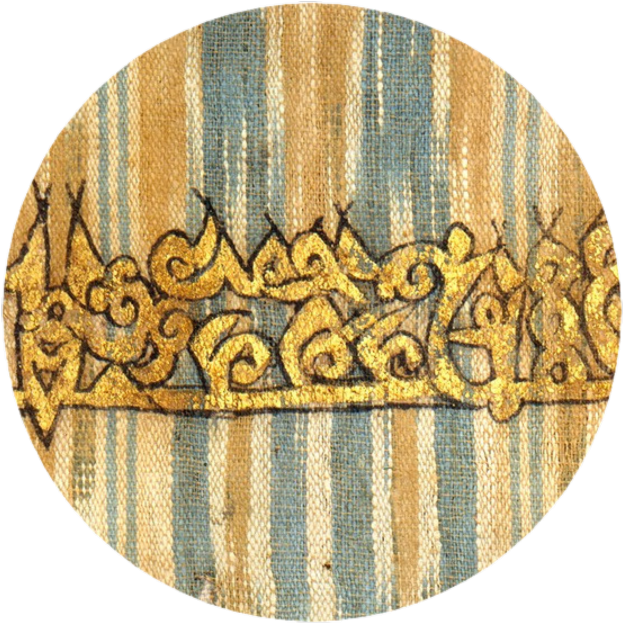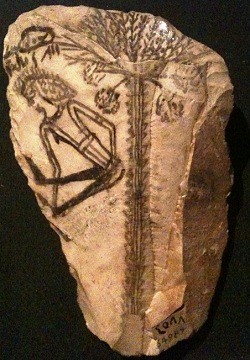The temple occupies a hill at the very center of Bambyce. Two walls run round it, one of them ancient and the other one dating to a little before our time. The temple's gateway is placed so as to admit the northern breeze and measures 100 fathoms [~182 meters]. Within these gates stand the pillars [Gk. phalloi] erected by Dionysus, rising to 300 fathoms [a fabulous height which some editors emend to 30 fathoms without troubling over the no-less-fabulous 100-fathom gate]. Twice a year, a man ascends to the top of one of these pillars and dwells there for seven days. The cause for his so doing is variously explained. Majority opinion has it that he converses with the gods on high, asking for blessings on behalf of all of Syria, and that the gods attend his prayers from up close. Others take it for a commemoration of the disaster that struck in Deucalion's day, when the flood sent people fleeing to the mountains and the tree-tops. I find this explanation unbelievable. I think these rites are performed in adoration of Dionysus, and I explain them thus: When they parade the phalloi in honor of Dionysus, they seat wooden figurines on them. The reason for this custom I will not mention - but I will give my opinion that the man who mounts the pillar does so in emulation of those little wooden men.
His method of ascent is this. Looping a cord around himself and the pillar snugly, he goes up it, following a path of wooden toe-holds. As he climbs, he cinches the cord higher, flipping it upward like a pair of reins. (Those who have seen palm trunks scaled in Arabia, Egypt or anywhere else will be able to picture what I'm talking about.) On completing his ascent, he lets down a second, longer cord that he has with him, in order to haul up whatever he pleases in the way of lumber, blankets and other gear, out of which he fashions a nest-like hut in which to sit out the above-mentioned duration. When devotees visit, they cast coins of gold, silver, and sometimes coppers into a container, saying their names as they do so. A man stationed at the pillar's bottom announces them to the man at its top, who says a prayer on behalf of each person named, amplifying his prayer with a brass noise-maker that he rattles loudly.
The man atop the pillar is barred from sleep. If sleep overtakes him, a scorpion climbs up and rouses him with a nasty sting - or so it is said in pious legends of the cult, for whose strict truth I shall not vouch. To me, the fear of falling would seem to suffice as a sleep deterrent. And with that I conclude my account of the pillar-climbers.
Lucian, On the Syrian goddess 28-29.
His method of ascent is this. Looping a cord around himself and the pillar snugly, he goes up it, following a path of wooden toe-holds. As he climbs, he cinches the cord higher, flipping it upward like a pair of reins. (Those who have seen palm trunks scaled in Arabia, Egypt or anywhere else will be able to picture what I'm talking about.) On completing his ascent, he lets down a second, longer cord that he has with him, in order to haul up whatever he pleases in the way of lumber, blankets and other gear, out of which he fashions a nest-like hut in which to sit out the above-mentioned duration. When devotees visit, they cast coins of gold, silver, and sometimes coppers into a container, saying their names as they do so. A man stationed at the pillar's bottom announces them to the man at its top, who says a prayer on behalf of each person named, amplifying his prayer with a brass noise-maker that he rattles loudly.
The man atop the pillar is barred from sleep. If sleep overtakes him, a scorpion climbs up and rouses him with a nasty sting - or so it is said in pious legends of the cult, for whose strict truth I shall not vouch. To me, the fear of falling would seem to suffice as a sleep deterrent. And with that I conclude my account of the pillar-climbers.
Lucian, On the Syrian goddess 28-29.





